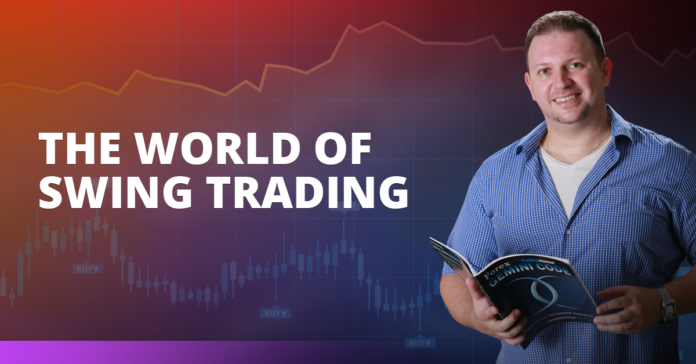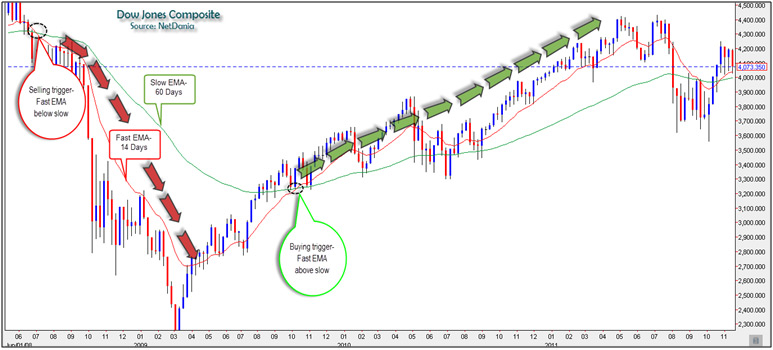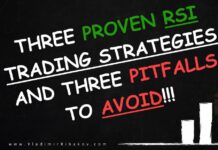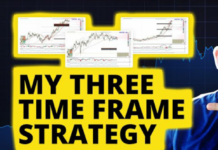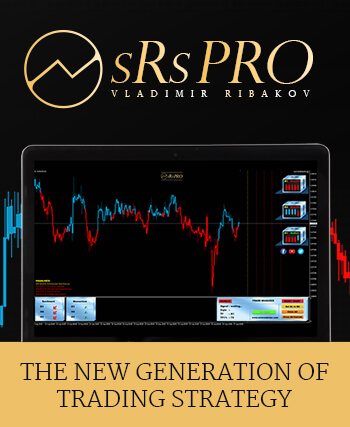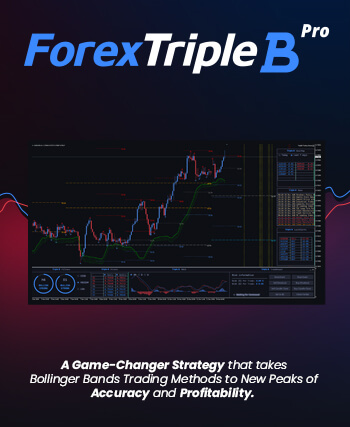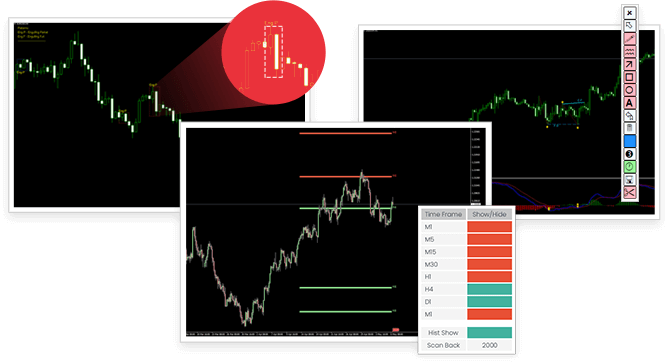
| Download this article in PDF format or listen to it below | |
The trading world has a wide range of techniques and strategies, including strategies that will enable you to profit from market swings.
There is day trading, which is exactly as it sounds, trading the markets throughout the day and whether it’s a time scope of 3 hours or 30 minutes, it’s basically riding the short term momentum. Then there is long term trading, which focuses on the underlying value of the instrument or asset.
For example, a fundamental trader trading the EUR/USD would focus on interest rate differentials between the Eurozone and the US, taking into consideration growth rates, inflation, etc. and then make a decision. But as the title suggests, the subject of this article is not fundamental trading nor is it day trading, it is Swing Trading. But what exactly is that?
What is Swing Trading?
Swing trading is a fascinating trading technique that combines momentum strategies, which are common in short term or even day trading, with fundamental analysis. Briefly, swing trading is a hybrid strategy of sorts that combines both momentum and fundamentals.
The range for using swing trading varies from as few as 2-3 days to as many as 2-3 weeks. The way that the fundamental and technical (momentum) trading is combined is usually in the form of decision and triggers. What this means is that swing traders will use a fundamental event, such as the ECB rate decision or US GDP announcement, or if it’s a stock, then the earnings report, to determine if they intend to be bearish or bullish.
The momentum-based strategies then, whether it’s Fibonacci, trend lines or any other, will be used as a trigger, that is when to get into a trade and then when to get out. The swing trading technique, for which there are many different strategies, is ultimately an effort to profit from prices changes in accordance with market waves. Swing trading is advantageous in that it can take advantage of both rising and falling markets, buying up the waves and short selling the dips.
A Strategy to Use
Whilst it is true that there are many strategies one can use for swing trading, you‘re probably asking which is the one that is best to begin with? One of our favorite swing trading strategies which we are going to discuss in this article, and probably one of the most popular in swing trading, is called the crossing averages.
The crossing averages technique allows you to identify momentum by the crossing of two averages, a slow moving average (which is over a longer period) and a fast moving average (which is over a short period).
So, which moving averages ranges should you use and over what periods? The best type of average for this type of momentum analyzing is EMA or Exponential Moving Average which naturally tends to be more sensitive to latest developments in price. You can of course search and find this average on your trading charts under the indicator tools section. At what time frames should you set this indicator? In truth there are various schools of thought in this area; some say the short term should be 14 days and the long term 28, however we prefer to calibrate the averages to the instrument. What we mean by this is that is most powerful to use different combinations of slow average vs short term averages until you can see the crosses between the short average and the long average reflect changing trends. In this sense the trader is in a position to be creative and utilize his own skills to find the correct points of change as he see’s to be correct and accordance with the market.
Let’s Get Practical
In the chart below of the Dow Jones Composite we can see two exponential moving averages, the slow average of 60 days and the quick average of 14. Every time the quick average crosses above the slow average a bullish momentum is generated thus posing a buy trigger while every time the quick average crosses below the slow average it’s a trigger to sell.
Of course, there are additional elements to consider in this swing trading strategy such as the fundamental background or either shorting or buying and there are small tweaks, such as the addition of an RSI index for more accurate triggers. These additional supplements, whilst ought to be used in moderation, can really add to the validity of your entry signals and enhance the support for the trades up for execution.
Ultimately, if you have the patience to analyze fundamentals and the drive to ride momentums, swing trading might just be the perfect set of strategies for you.

